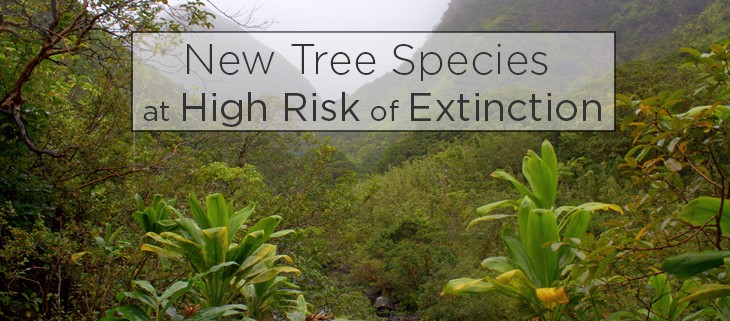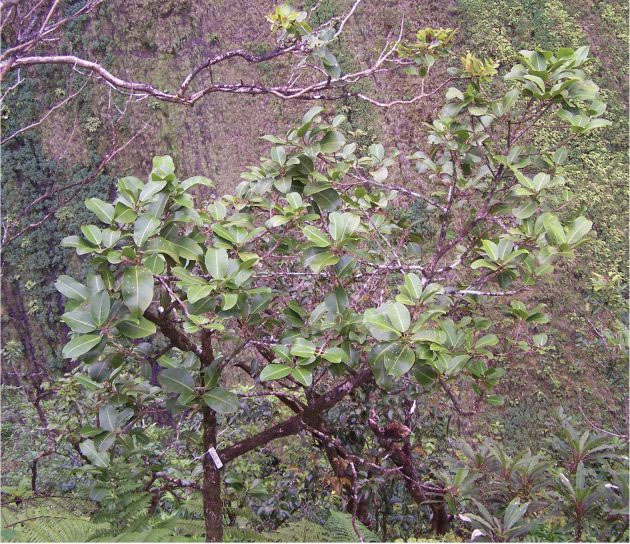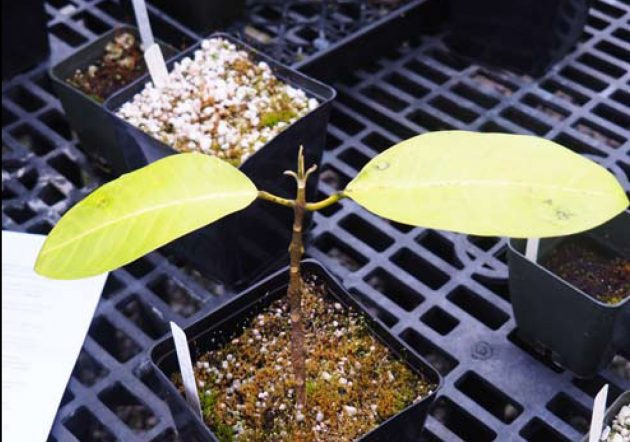May 19, 2025
UNOC 3 Position Paper
Read our position paper on The 3rd United Nations Ocean Conference (UNOC 3) to see why we're attending and what we aim to accomplish!
We use cookies to help you navigate efficiently and perform certain functions. You will find detailed information about all cookies under each consent category below.
The cookies that are categorized as "Necessary" are stored on your browser as they are essential for enabling the basic functionalities of the site. ...
Necessary cookies are required to enable the basic features of this site, such as providing secure log-in or adjusting your consent preferences. These cookies do not store any personally identifiable data.
Functional cookies help perform certain functionalities like sharing the content of the website on social media platforms, collecting feedback, and other third-party features.
Analytical cookies are used to understand how visitors interact with the website. These cookies help provide information on metrics such as the number of visitors, bounce rate, traffic source, etc.
Performance cookies are used to understand and analyze the key performance indexes of the website which helps in delivering a better user experience for the visitors.
Advertisement cookies are used to provide visitors with customized advertisements based on the pages you visited previously and to analyze the effectiveness of the ad campaigns.

Scientific discovery is often step one when it comes to preserving biodiversity. For a newly named Hawaiian tree species, this is indeed the case. The new species has been named Melicope oppenheimeri after Hank Oppenheimer, a botanist with the Maui Nui Plant Extinction Prevention Program who collected the plant specimen and has contributed to the conservation of Hawaii’s diverse native flora.

In 2016 a paper by botanists Marc Appelhans and Warren Wagner of the Smithsonian’s National Museum of Natural History and Kenneth Wood of the National Tropical Botanical Garden in Hawaii named the rare plant and labeled it Critically Endangered. The tree was originally observed in 1998, but now only three of the original seven survive in an isolated region of West Maui’s upper Waihe’e Valley.
In this region of Maui the presence of invasive feral pigs has transformed the landscape. Invasive Species are thought to have impacted M. oppenheimeri and led to the decline of the already small population.
To prevent the extinction of the newly discovered tree, officials planted two new individual plants. Botanists used a technique called “air layering” which will allow new plants to establish and promote root growth while still being attached to the already living individuals. The new plants have now been relocated to Olinda Rare Plant Facility in Maui.

The genus Melicope is diverse in the Hawaiian Islands with 49 recognized species, five of which are likely extinct, and twenty-three of which are federally listed or of concern. These plants depend on insects and birds for the dispersal of seeds, which is problematic since many native pollinators are already extinct or are threatened. Hawaiian biodiversity has been hit hard by invasive species, but by understanding the threats to native flora there is hope for preventing further extinctions and continuing to discover new species.
Featured photo: Waihe’e Valley, Maui. Credit: Shawn
Read more at Smithsonian Insider
Check out other journal entries we think you might be interested in.
Notifications